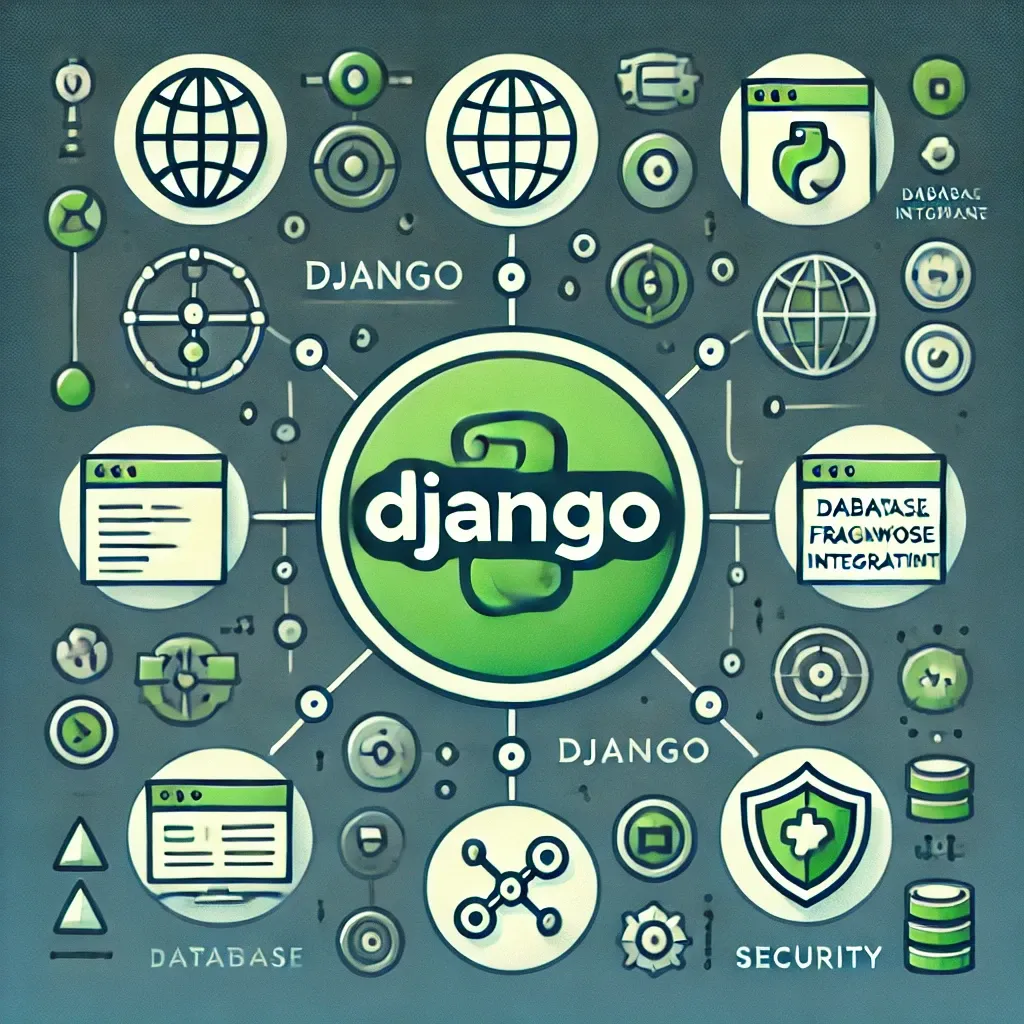
Blockchain Technology in 2024: Trends, Use Cases, and Future Impact
Blockchain technology, known initially as the backbone of cryptocurrencies like Bitcoin, has evolved into a transformative force across industries. In 2024, it is reshaping how businesses operate, improving transparency, security, and decentralization.
This article dives into the latest blockchain trends, explores exciting use cases, and examines the challenges that lie ahead.
1. Trends Shaping Blockchain Technology in 2024
Blockchain continues to evolve, with several key trends emerging:
- Decentralized Finance (DeFi): DeFi platforms provide financial services without intermediaries, offering loans, insurance, and more through smart contracts.
- Tokenization of Assets: Physical and digital assets are being tokenized, making it easier to trade them on blockchain-based platforms.
- Blockchain Interoperability: Solutions are emerging to enable communication between different blockchain networks, improving functionality and expanding use cases.
- Green Blockchain: With concerns over energy consumption, new eco-friendly consensus mechanisms are being developed, such as Proof of Stake (PoS).
2. Real-World Use Cases of Blockchain
Blockchain technology has found applications in multiple industries. Here are some prominent use cases:
2.1 Supply Chain Management
Blockchain enhances supply chain transparency, enabling companies to track products from origin to delivery. It ensures product authenticity and prevents fraud.
- Examples: IBM Food Trust and VeChain
2.2 Finance and Banking
Blockchain provides faster, secure, and cost-effective financial transactions. It also powers decentralized finance (DeFi) platforms, disrupting traditional banking models.
- Examples: Ripple, Aave, and Uniswap
2.3 Healthcare
In healthcare, blockchain is used to store and share patient records securely. It ensures data integrity and allows patients to control access to their medical information.
- Examples: Medicalchain and Patientory
2.4 Identity Management
Blockchain-based digital identities offer secure, decentralized identification solutions, helping reduce identity theft and fraud.
- Examples: Civic and uPort
2.5 NFTs and Digital Art
Non-fungible tokens (NFTs) have revolutionized the art world, allowing artists to sell unique digital creations. Blockchain ensures ownership and authenticity.
3. Blockchain Security and Challenges
While blockchain offers security benefits, there are challenges organizations need to address:
- Scalability Issues: Some blockchains struggle to handle a high volume of transactions efficiently.
- Regulatory Uncertainty: Governments are still developing regulations around blockchain and cryptocurrencies.
- Energy Consumption: Despite improvements, blockchain networks like Bitcoin still consume significant energy.
- Public Perception: Blockchain is sometimes associated with negative activities, such as cybercrime and illegal transactions.
4. The Future of Blockchain Technology
The future of blockchain technology is bright, with innovations continuing to emerge:
- Blockchain 3.0: The next phase of blockchain will focus on scalability, usability, and interoperability.
- Central Bank Digital Currencies (CBDCs): Several countries are exploring digital versions of their national currencies.
- Decentralized Autonomous Organizations (DAOs): DAOs allow communities to manage organizations democratically through blockchain.
Conclusion
Blockchain technology is transforming industries by promoting transparency, security, and decentralization. In 2024, new trends and innovations are driving blockchain adoption across finance, healthcare, supply chain management, and more.
As the technology evolves, organizations must stay informed and prepared to leverage blockchain’s potential while addressing the associated challenges.







0 Comments